Home>Furniture & Design>Interior Design Trends>How To Get Nail Glue Off Glass
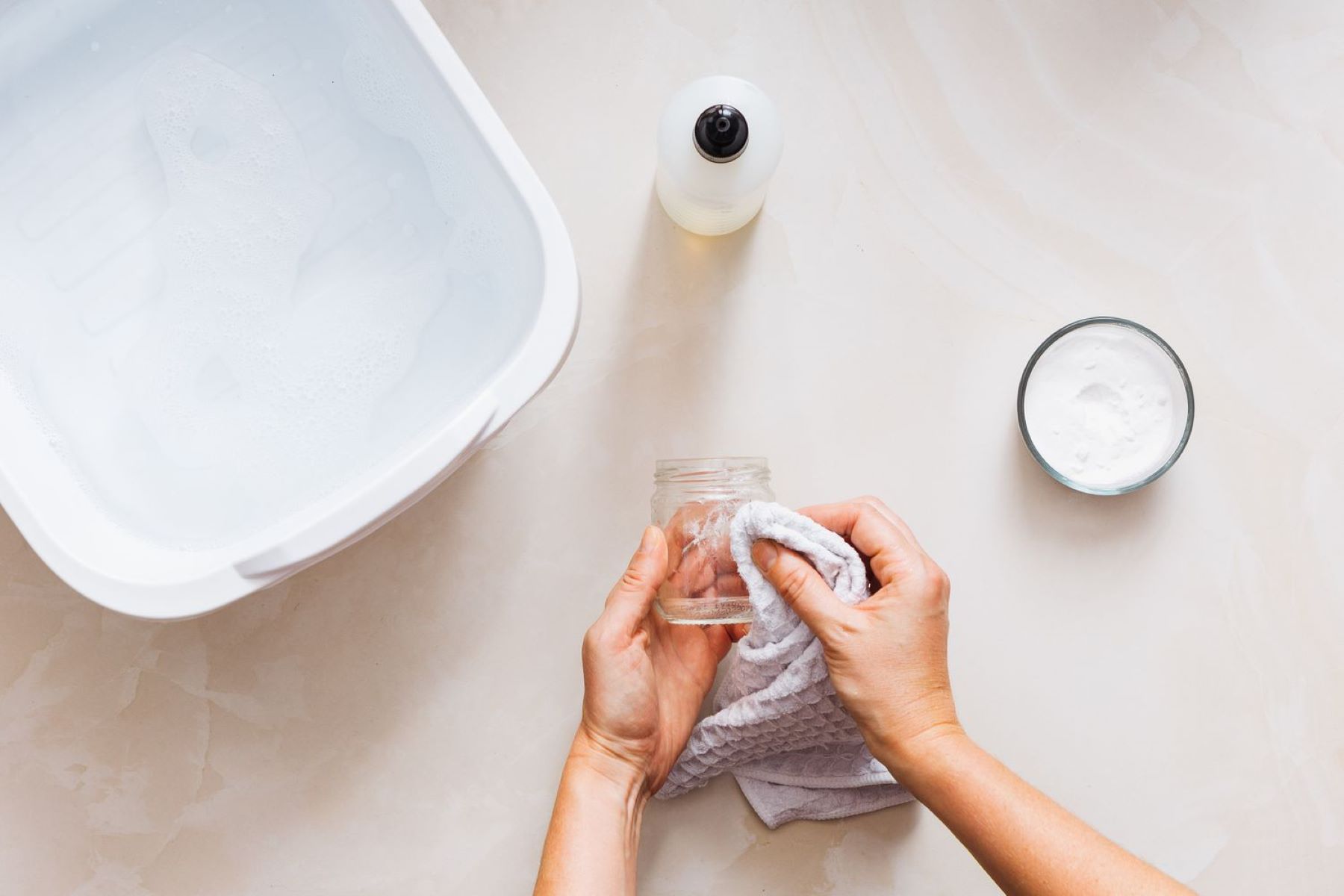

Interior Design Trends
How To Get Nail Glue Off Glass
Published: February 6, 2024
Discover the latest interior design trends and learn how to remove nail glue from glass surfaces with our expert tips and tricks. Transform your space with ease!
(Many of the links in this article redirect to a specific reviewed product. Your purchase of these products through affiliate links helps to generate commission for Storables.com, at no extra cost. Learn more)
Introduction
Nail glue is a handy product for maintaining flawless manicures, but accidents happen, and sometimes it ends up on surfaces like glass. Removing nail glue from glass can be a tricky task, requiring the right approach to avoid damaging the glass. Whether you accidentally spilled nail glue on a glass tabletop or got it stuck on a decorative glass item, knowing the best methods for removal is essential.
In this article, we will explore effective techniques for safely removing nail glue from glass surfaces. By understanding the nature of nail glue and the properties of glass, you can tackle this issue with confidence. From gentle household remedies to specialized products, we will cover a range of solutions to help you restore the pristine appearance of your glass items. So, let's dive into the world of nail glue removal and discover the best ways to tackle this common challenge.
Key Takeaways:
- Safely remove nail glue from glass using acetone, isopropyl alcohol, warm soapy water, or commercial adhesive removers. Be patient and cautious to restore the pristine appearance of your glass items without causing damage.
- Understanding nail glue’s properties and using the right removal methods can help you tackle accidental spills on glass surfaces. Gentle scraping with non-abrasive tools can also address stubborn adhesive residues.
Read more: How To Get Hot Glue Off Glass
Understanding Nail Glue
Nail glue, also known as nail adhesive, is a powerful bonding agent commonly used in the application of artificial nails and nail art. It is designed to create a strong and durable bond between the natural nail and the artificial extension, ensuring a long-lasting and professional-looking manicure. Typically, nail glue is formulated with cyanoacrylate, a fast-acting adhesive that polymerizes quickly when it comes into contact with moisture, such as that present on the surface of the nails.
The composition of nail glue makes it an effective and reliable product for securing artificial nails and embellishments, but it also presents challenges when it comes into contact with unintended surfaces, such as glass. When nail glue adheres to glass, it forms a strong bond due to the smooth and non-porous nature of the material. This can make its removal a daunting task, requiring careful consideration of the adhesive properties of the glue and the delicate nature of glass surfaces.
It's important to note that nail glue is designed to withstand exposure to water and other elements, making it resistant to simple washing or wiping techniques. Additionally, the transparent and viscous nature of nail glue can make it difficult to detect and remove from glass surfaces, especially if it has dried and hardened over time.
Understanding the chemical composition and adhesive properties of nail glue is crucial when attempting to remove it from glass. By recognizing its fast-acting and durable characteristics, individuals can approach the removal process with the appropriate methods and products to effectively dissolve or detach the adhesive without causing damage to the glass.
In the next section, we will explore various methods for safely and effectively removing nail glue from glass surfaces, taking into account the unique properties of both the adhesive and the glass material.
Use acetone or nail polish remover to soften the nail glue on the glass. Then, gently scrape it off with a razor blade or a plastic scraper. Wash the glass with soap and water to remove any residue.
Methods for Removing Nail Glue from Glass
When it comes to removing nail glue from glass, employing the right methods is essential to ensure the safe and effective restoration of the glass surface. Here are several techniques and products that can be utilized to tackle this common challenge:
-
Acetone Solution: Acetone, a powerful solvent commonly found in nail polish removers, can effectively dissolve nail glue from glass surfaces. To use this method, soak a cotton ball or pad in acetone and gently dab it onto the affected area. Allow the acetone to penetrate the glue for a few minutes, then carefully wipe away the softened adhesive using a clean, lint-free cloth. It's important to handle acetone with care and ensure proper ventilation during use.
-
Isopropyl Alcohol: Isopropyl alcohol, also known as rubbing alcohol, can serve as an alternative solvent for removing nail glue from glass. Similar to the acetone method, saturate a cotton ball or pad with isopropyl alcohol and apply it to the affected area. Allow the alcohol to break down the adhesive, then gently wipe away the softened glue with a soft cloth. This method is generally milder than acetone and may be preferred for more delicate glass surfaces.
-
Warm Soapy Water: For a gentler approach, warm soapy water can be used to soften and loosen nail glue from glass. Prepare a solution of mild dish soap and warm water, then carefully apply it to the affected area using a soft sponge or cloth. Allow the soapy water to soak into the glue, then gently scrub the area to help lift the adhesive from the glass surface. Rinse the glass thoroughly with clean water and dry it with a soft, lint-free towel.
-
Commercial Adhesive Removers: There are specialized adhesive removers available in the market that are formulated to dissolve tough adhesives, including nail glue. These products are designed to be safe for use on glass and can provide effective results. When using a commercial adhesive remover, follow the manufacturer's instructions carefully to ensure proper application and removal of the nail glue.
-
Gentle Scraping: In cases where the nail glue has dried and hardened on the glass, gentle scraping with a plastic scraper or a soft, non-abrasive tool may be necessary. Carefully work the edge of the scraper under the glue, applying minimal pressure to avoid scratching the glass. Once the bulk of the adhesive has been lifted, follow up with a solvent or soapy water to remove any remaining residue.
By employing these methods and products, individuals can effectively address the challenge of removing nail glue from glass surfaces without causing damage or compromising the integrity of the glass. It's important to approach the removal process with patience and caution, especially when dealing with delicate or valuable glass items. With the right approach and products, restoring the pristine appearance of glass surfaces is achievable, allowing individuals to enjoy their manicures without the worry of accidental spills or mishaps.
Conclusion
In conclusion, the process of removing nail glue from glass surfaces requires a thoughtful approach that considers the adhesive properties of the glue and the delicate nature of glass. By understanding the chemical composition of nail glue and the characteristics of glass, individuals can effectively address this common challenge using a variety of methods and products.
Whether opting for the powerful solvent properties of acetone, the gentler approach of isopropyl alcohol and warm soapy water, or the specialized formulations of commercial adhesive removers, there are multiple avenues for safely and effectively removing nail glue from glass. Each method offers its own benefits, catering to different preferences and the specific requirements of the glass surface being treated.
It's important to exercise caution and patience when undertaking the removal process, especially when dealing with valuable or delicate glass items. By following the recommended techniques and utilizing the appropriate products, individuals can restore the pristine appearance of their glass surfaces without causing damage or compromising their integrity.
Furthermore, the use of gentle scraping with non-abrasive tools can be a valuable technique for addressing dried and hardened nail glue, providing a solution for more stubborn adhesive residues without risking harm to the glass.
Ultimately, the successful removal of nail glue from glass surfaces allows individuals to maintain the beauty and functionality of their glass items, ensuring that accidental spills or mishaps do not detract from the enjoyment of their manicures or the aesthetic appeal of their surroundings.
By incorporating these effective removal methods into their repertoire, individuals can confidently address the challenge of nail glue on glass, preserving the elegance and clarity of their glass surfaces while enjoying the benefits of professional nail care and creativity.
In summary, the diverse range of removal methods and products available empowers individuals to tackle the issue of nail glue on glass with confidence, ensuring that their glass surfaces remain pristine and free from unwanted adhesive residues.
Frequently Asked Questions about How To Get Nail Glue Off Glass
Was this page helpful?
At Storables.com, we guarantee accurate and reliable information. Our content, validated by Expert Board Contributors, is crafted following stringent Editorial Policies. We're committed to providing you with well-researched, expert-backed insights for all your informational needs.
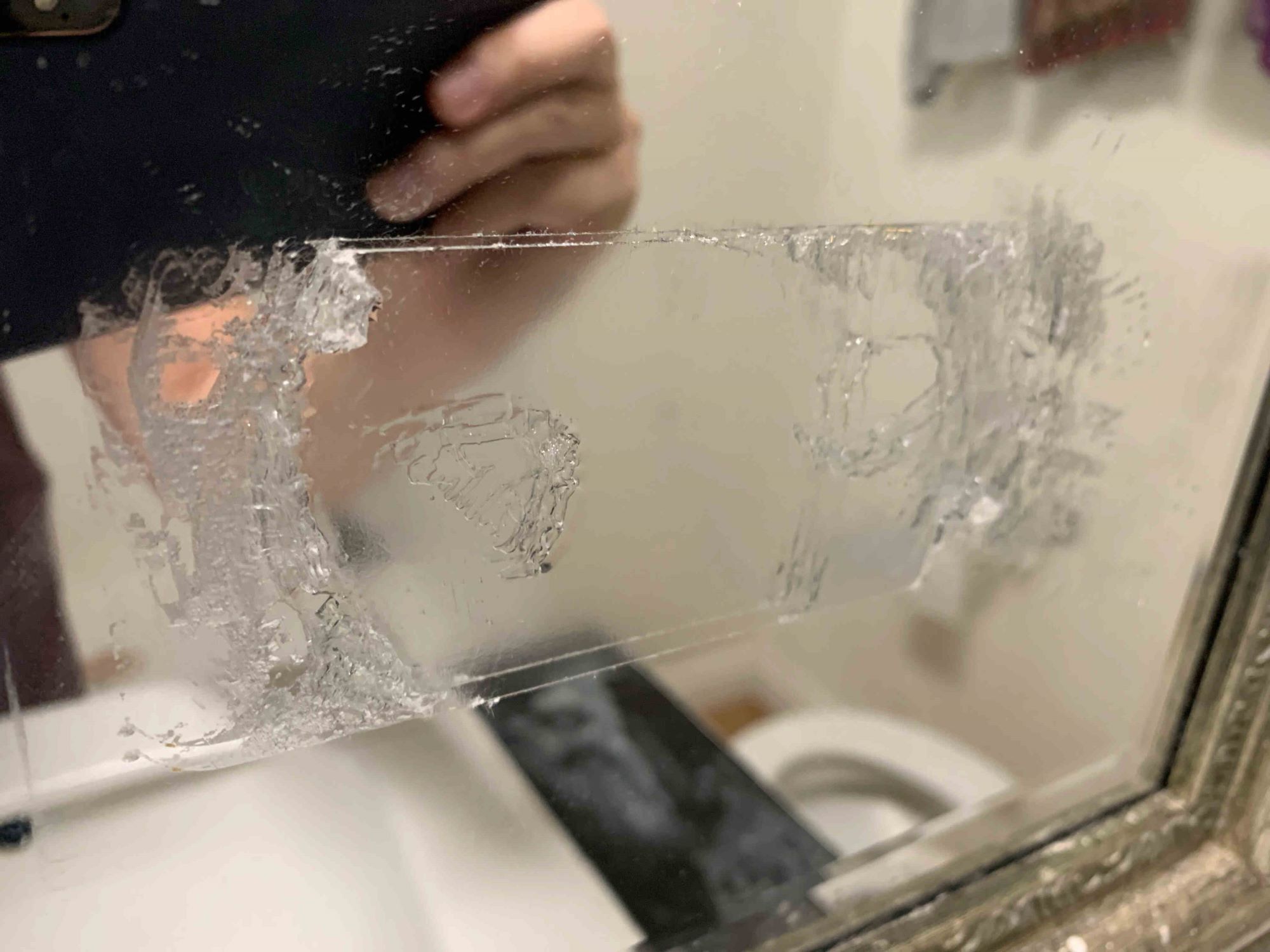
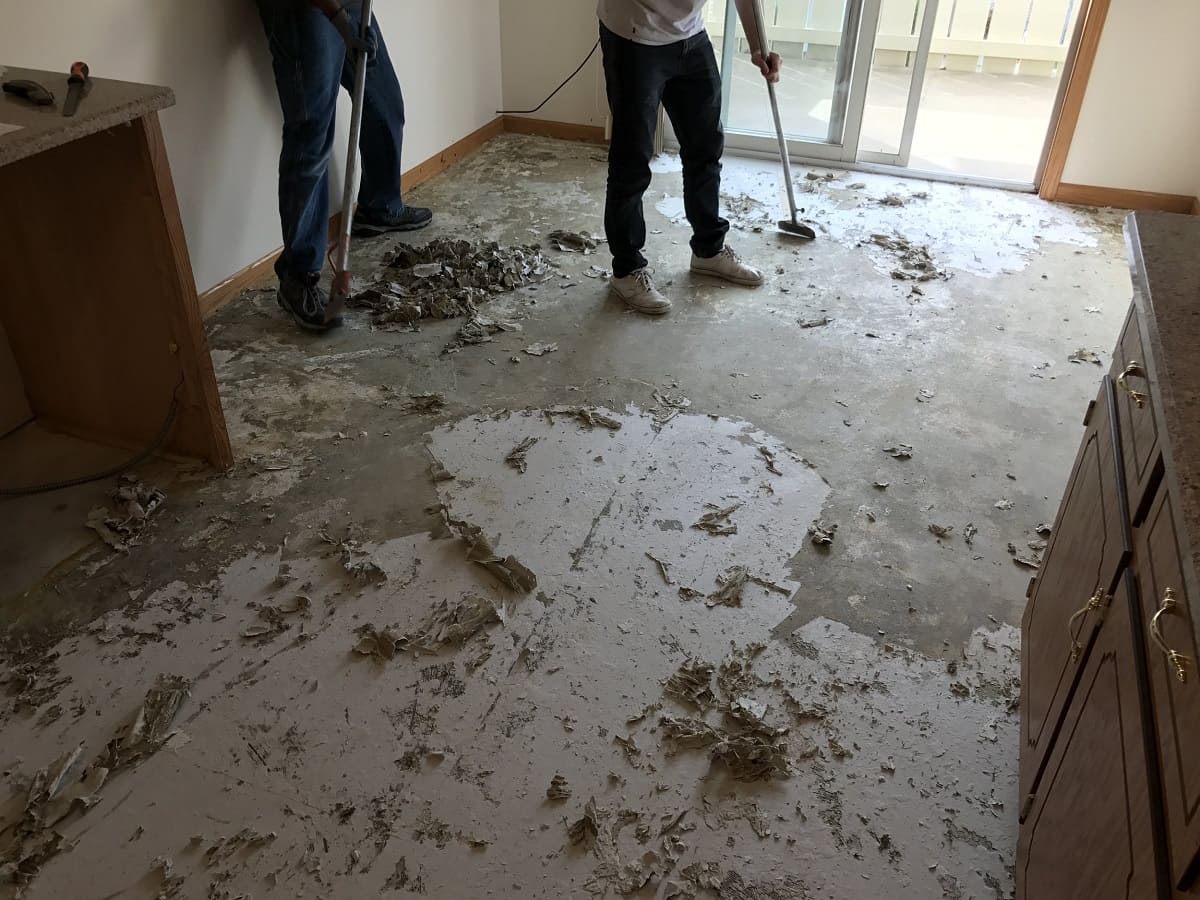
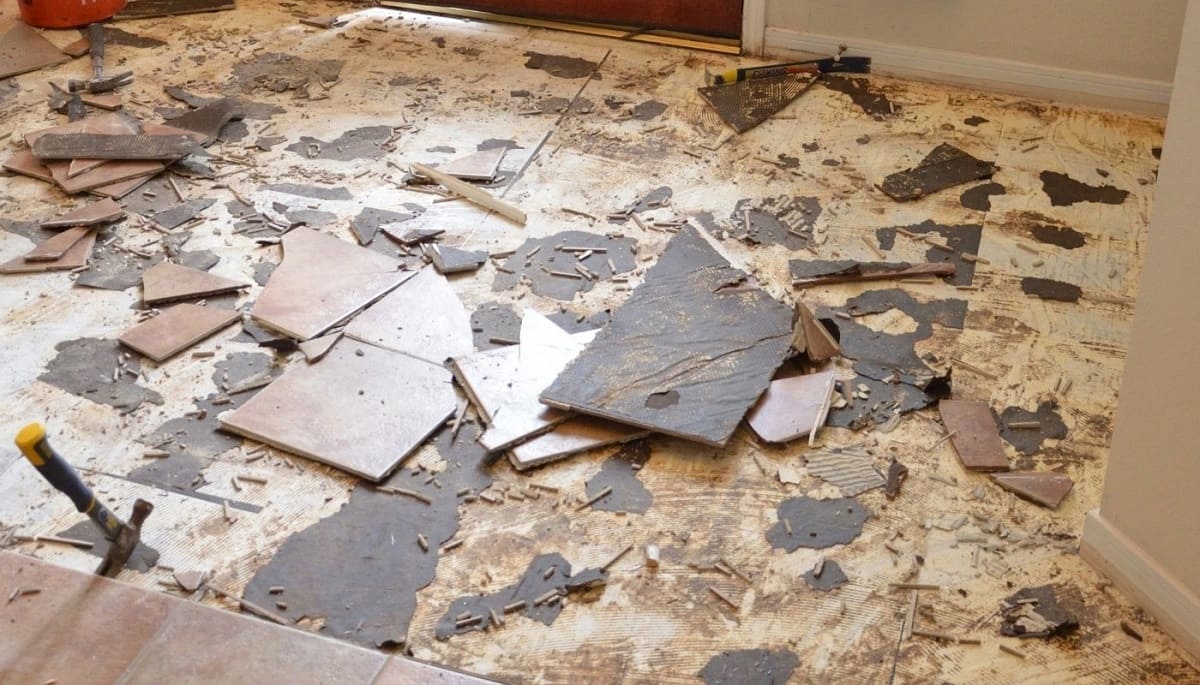
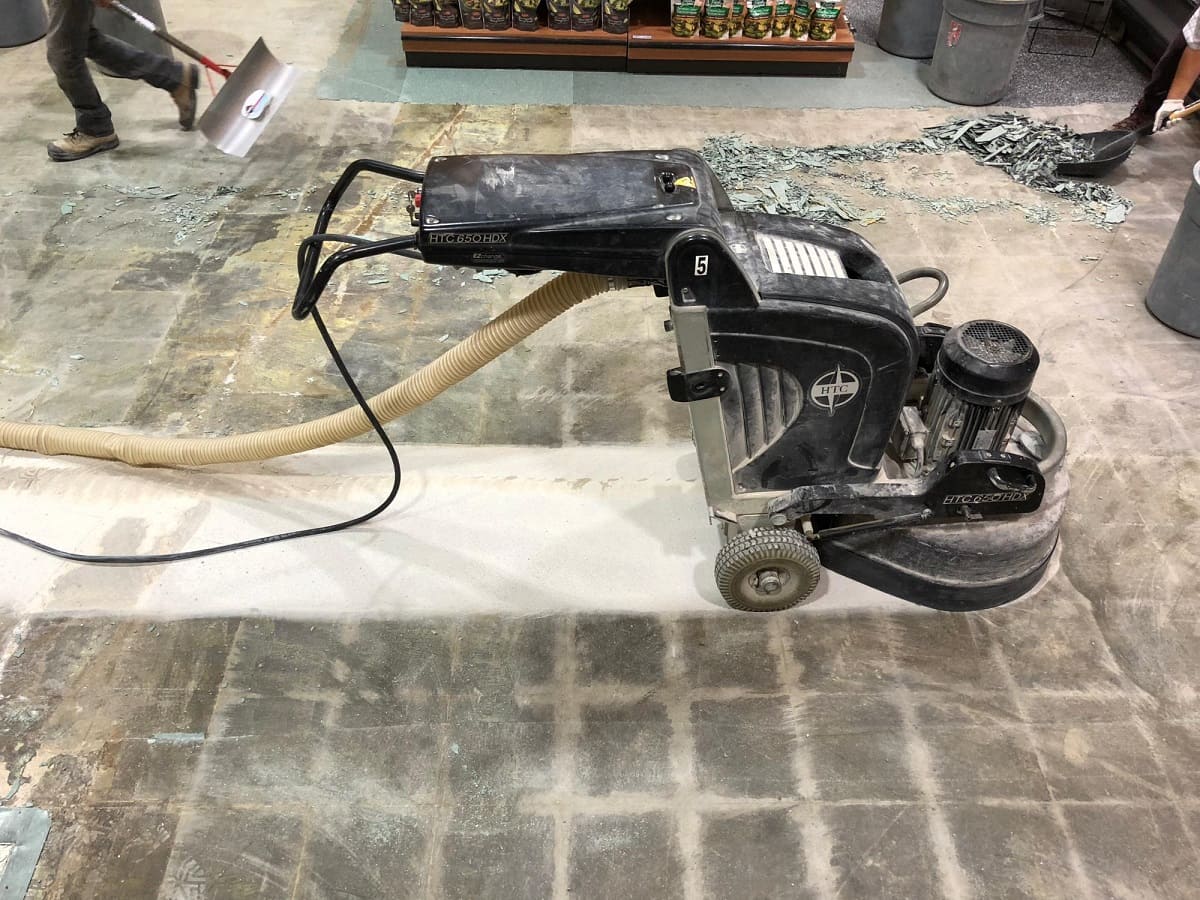

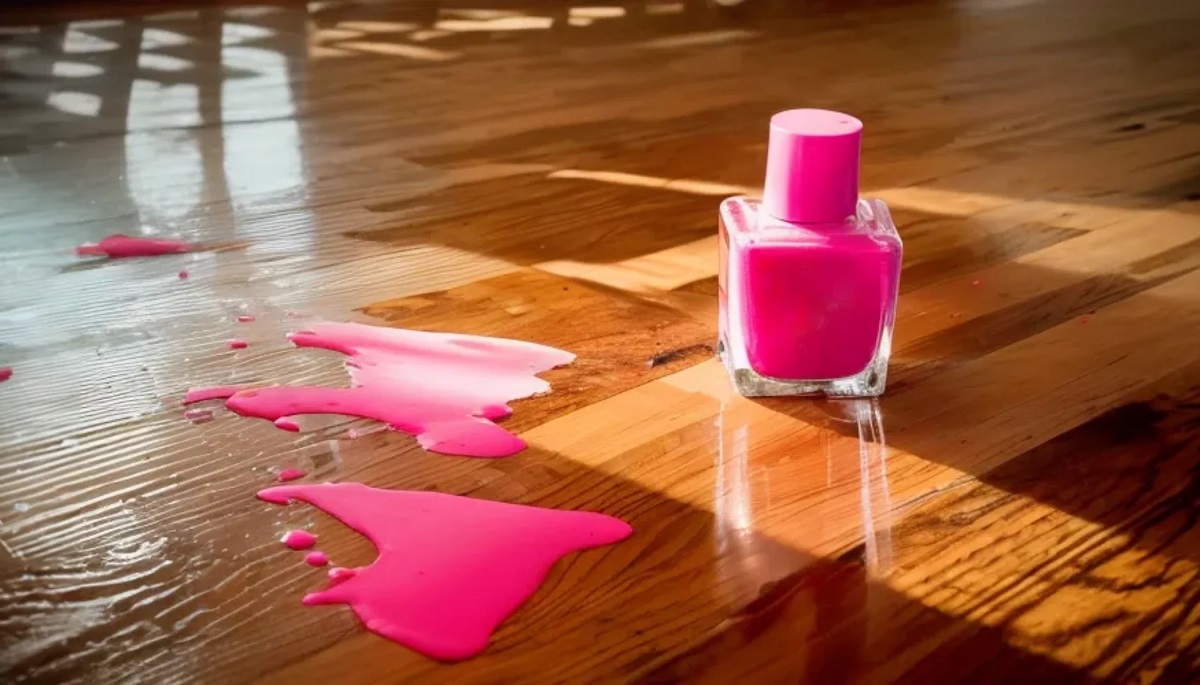
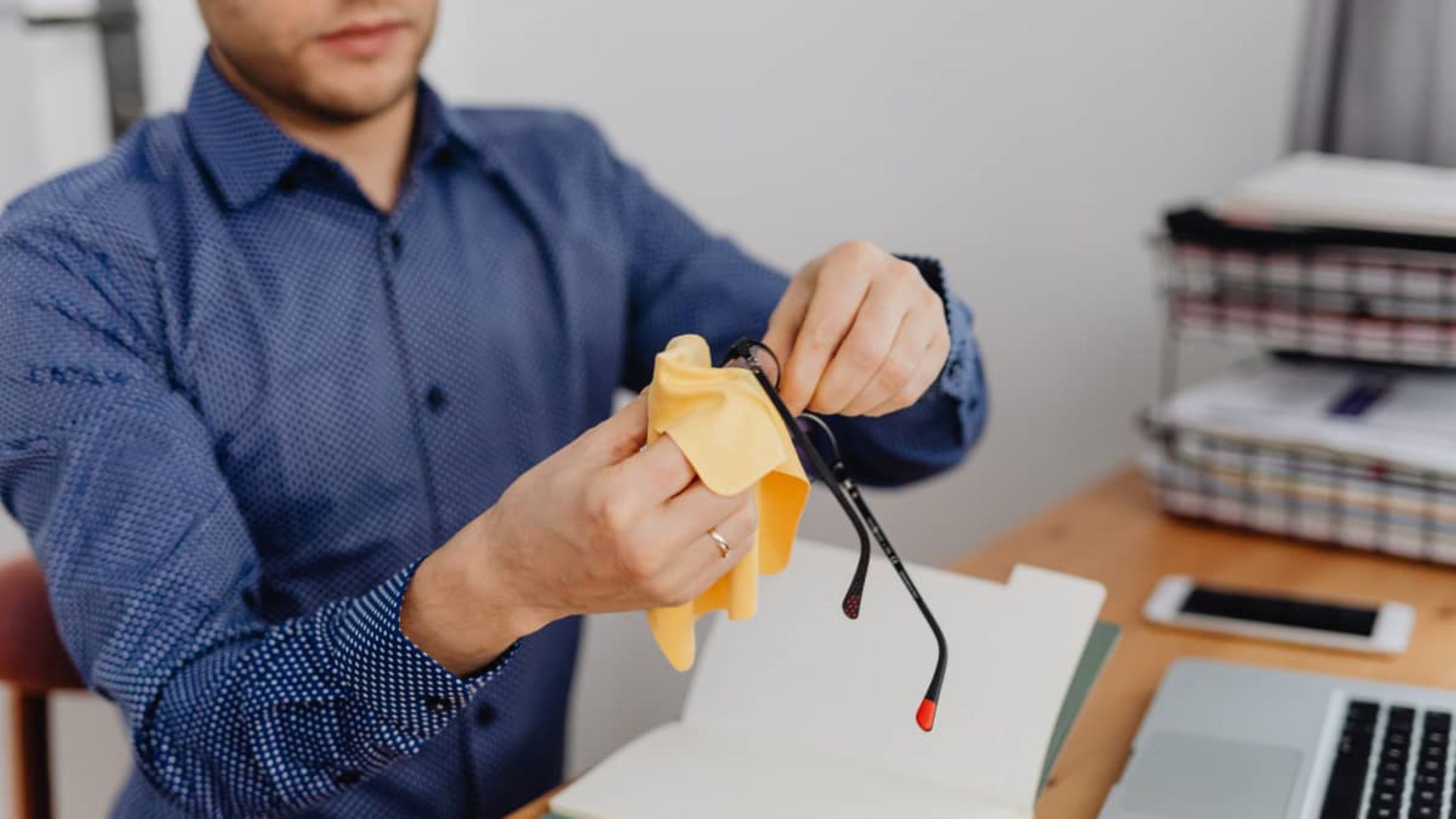
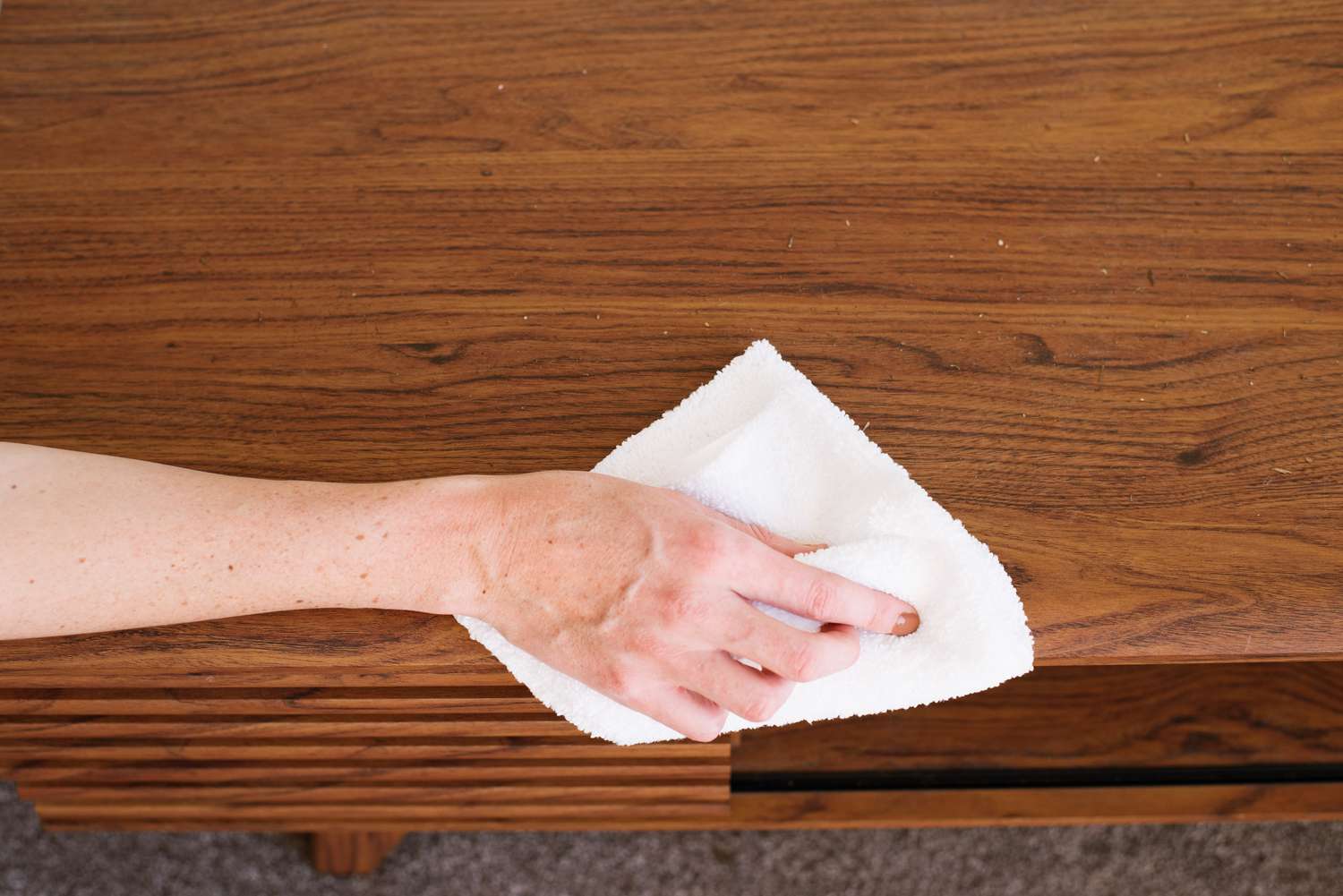
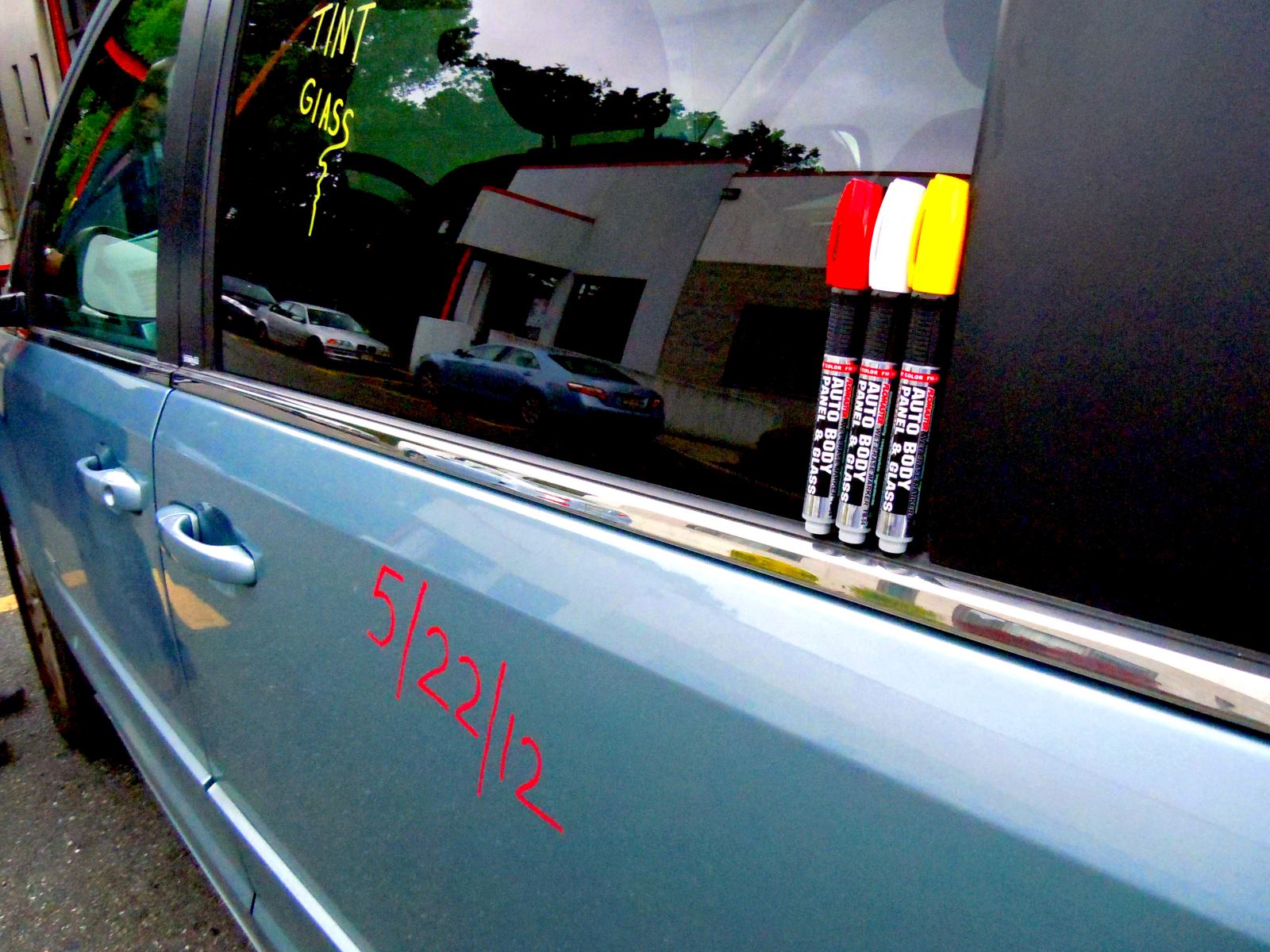
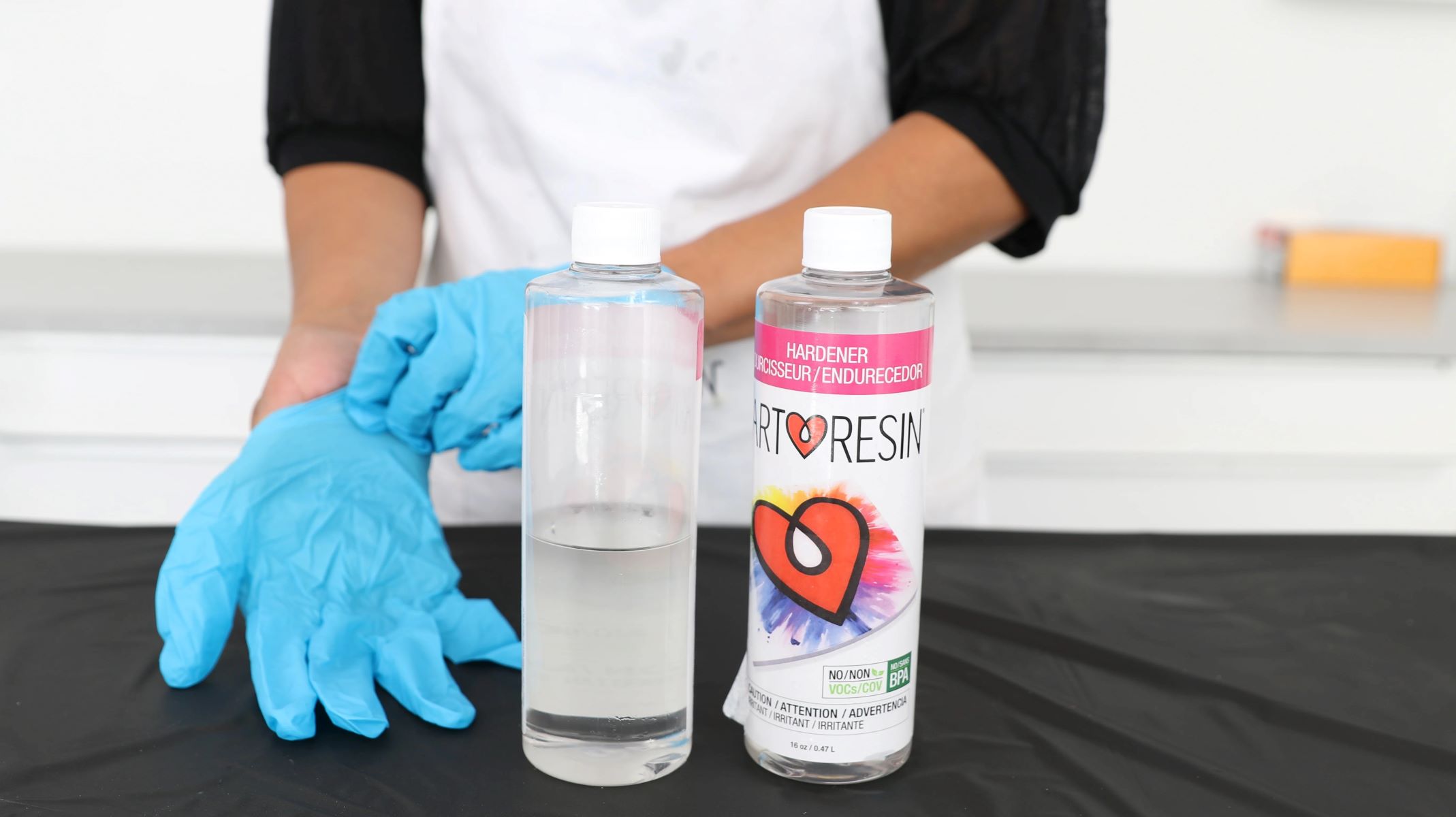
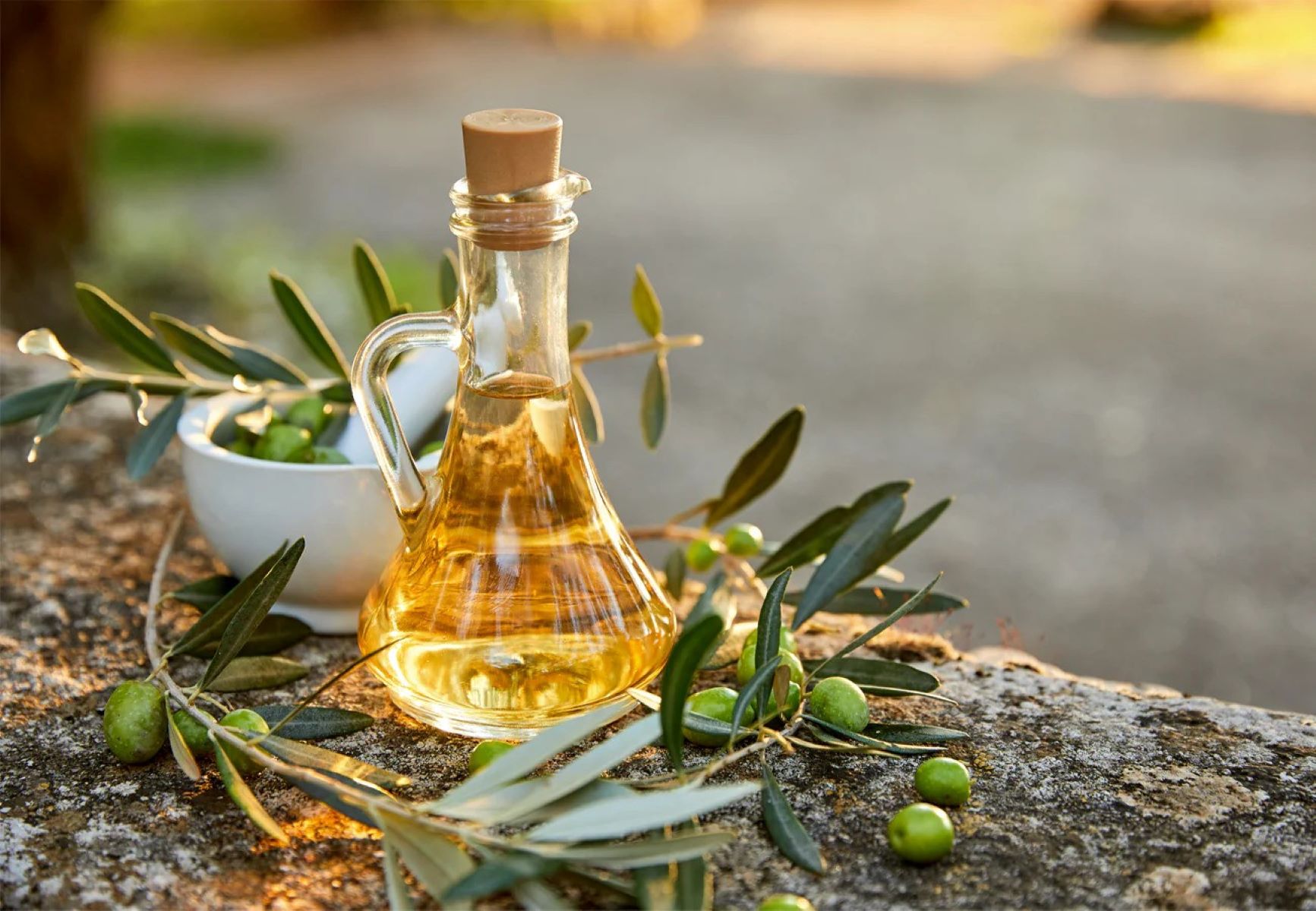
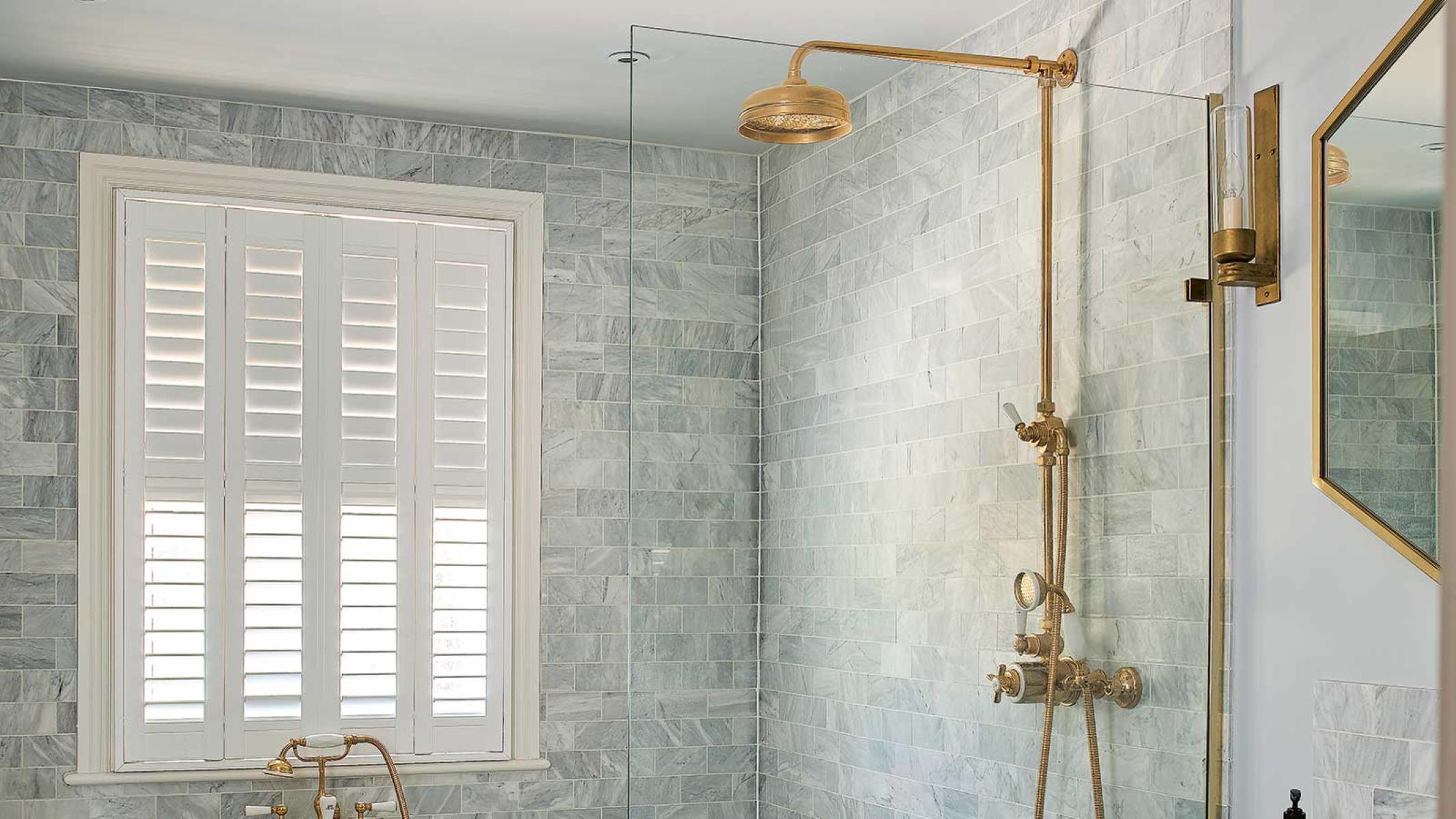
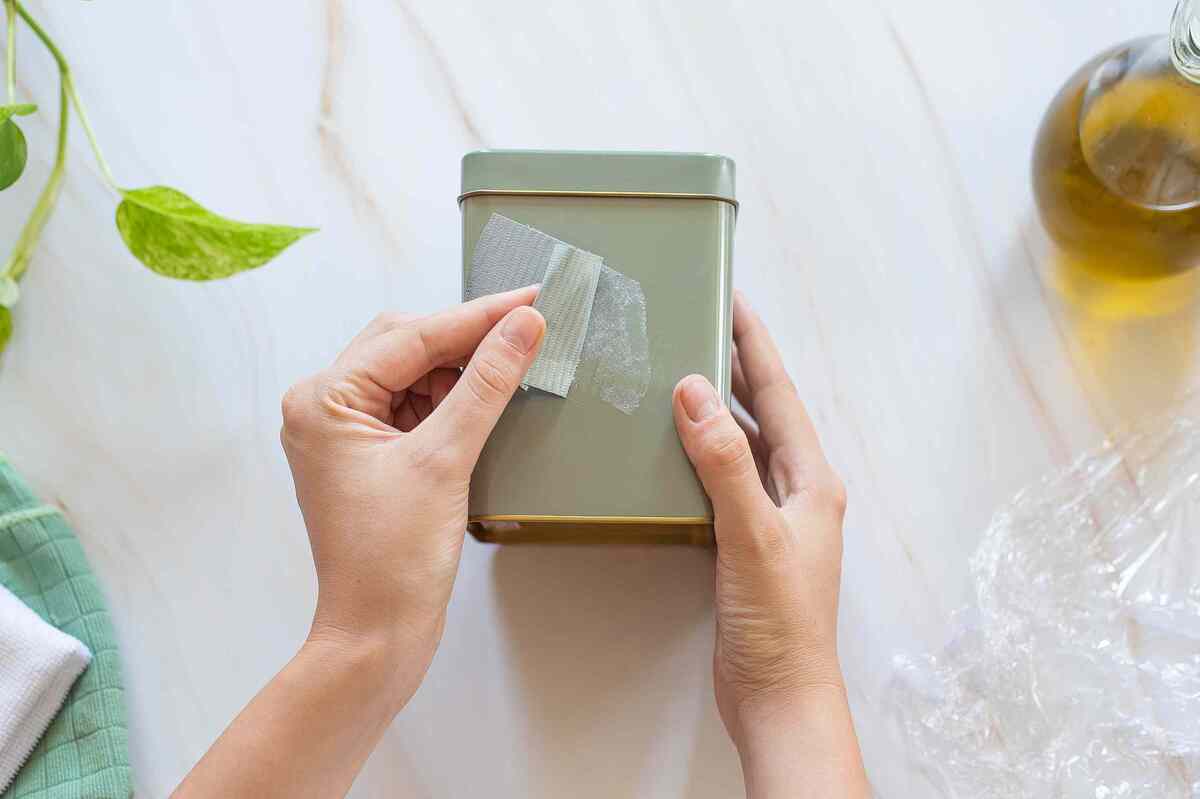
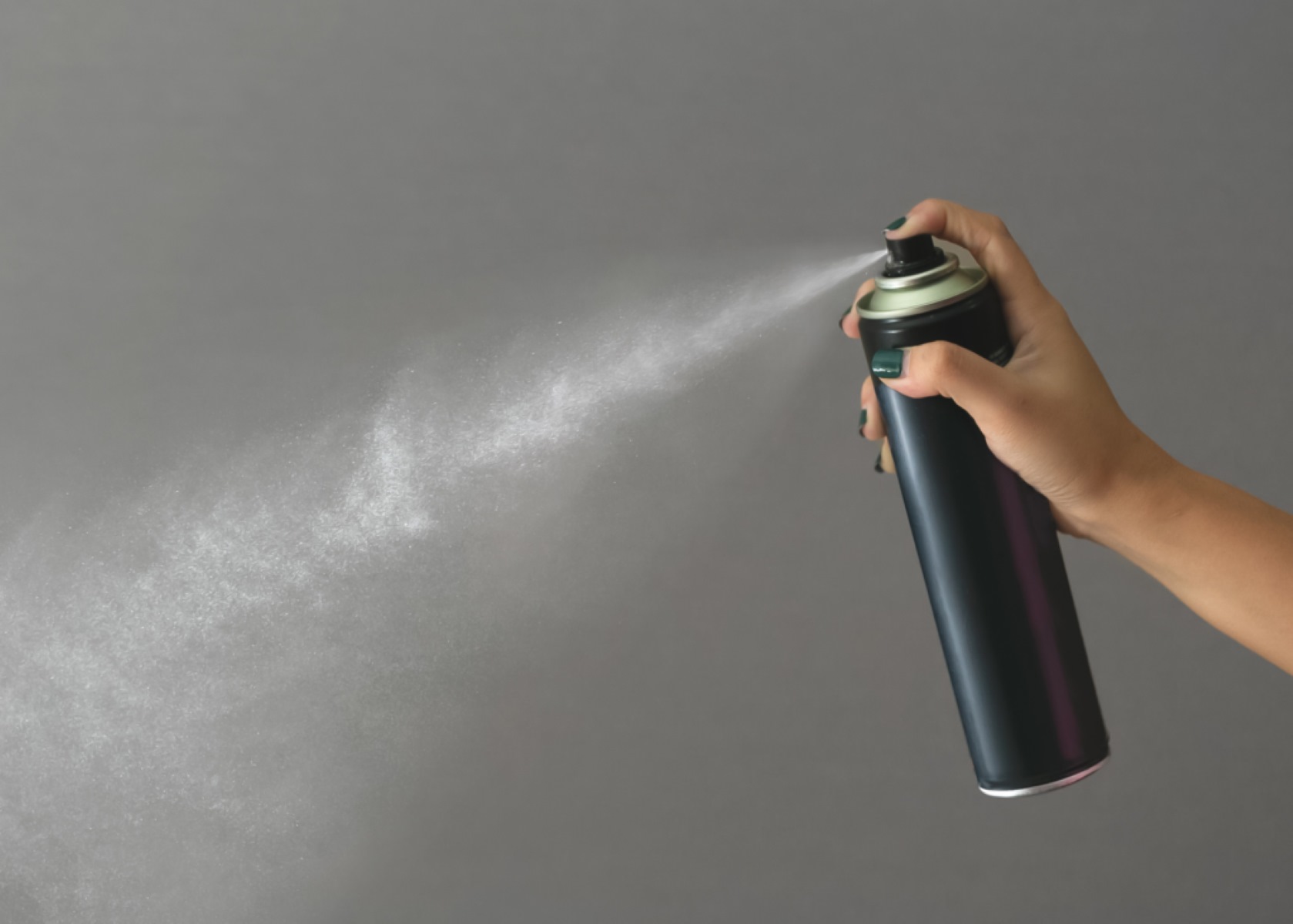
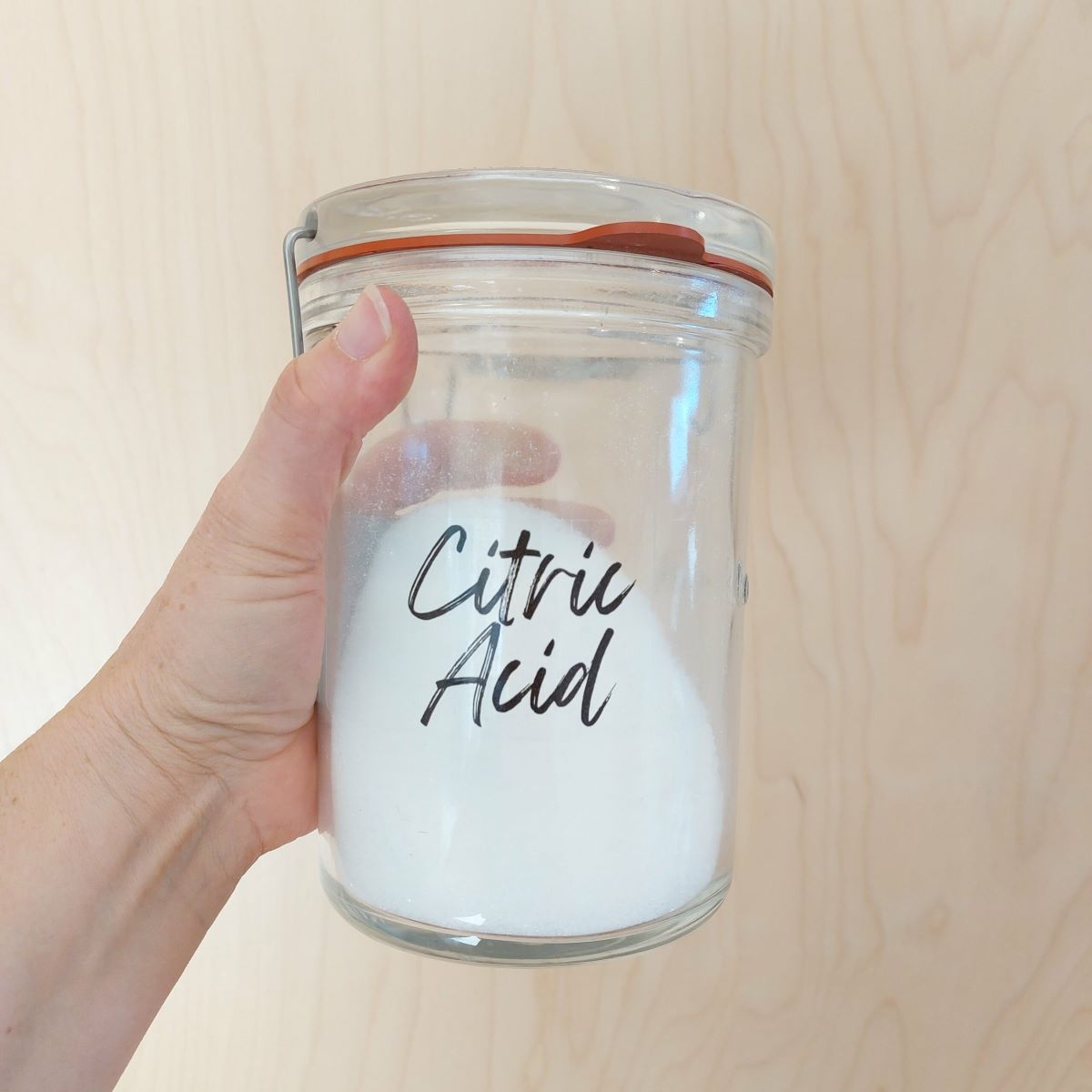

0 thoughts on “How To Get Nail Glue Off Glass”